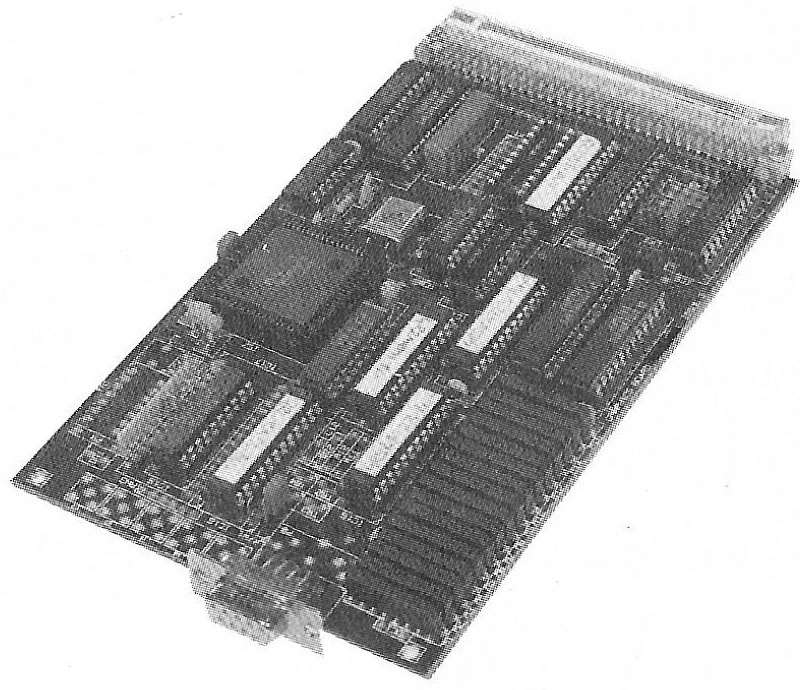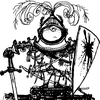The SG84 is a fast, high resolution colour graphics board. It contains an advanced display controller and a powerful graphics-optimised processor in a single chip, the Hitachi 63484 ACRTC.
The graphics processor uses hardware and microcode to perform very-high-speed pixel operations, including lines, arcs, ellipses, filling, and block transfers.
The display controller provides an upper, lower, and middle base screen, one window, and zooming, directly from hardware. The cursor can be a block-cursor, or up to two cross-hairs, as chosen by software.
The resolution is 640 by 400, in either 16 or 256 logical colours, from a palette of 262144 physical colours. This allows a range of special effects such as instant colour changing, or producing ‘false colour' images. Colours can also be made to flash. The SG84 supports two frame access modes. In single access mode, user can choose between the flicker-free display priority mode, where drawing is stopped during the display period, or the faster drawing priority mode where drawing cycles may occur during display periods. In dual-access mode, display and drawing cycles are allowing fast drawing at any time without disturbing the display. This is only available to the displays. The 256K of on-board memory provides either one 256-colour screen, or up to two 16-colour screens. Any memory not used for display may hold text fonts, icons, windows etc.
The SG84 provides and analogue level video signals with selectable sync polarity. Genlock capability will allow the display to be synchronised with an external video source.
Power consumption:
(from STEbus): 0.8A typical at 5V
Features:
- STEbus: slave interface occupying 6 I/O locations within a 16-byte boundary.
- Fast pixel manipulation
- 640 × 400 resolution
- 256 Kbyte RAM
- 16 or 256 logical colours
- palette of 1262144 physical colours
- RAM based text font
- Monochrome output option
- DMA down STEbus
 Keith
Keith

I think it was a purely graphic system. There were already many text based boards around. The SG84 software draws characters from a stroke font. As for scrolling, this is fast because you simply update a register that selects the start of the displayed data. You can also have a window within a window.